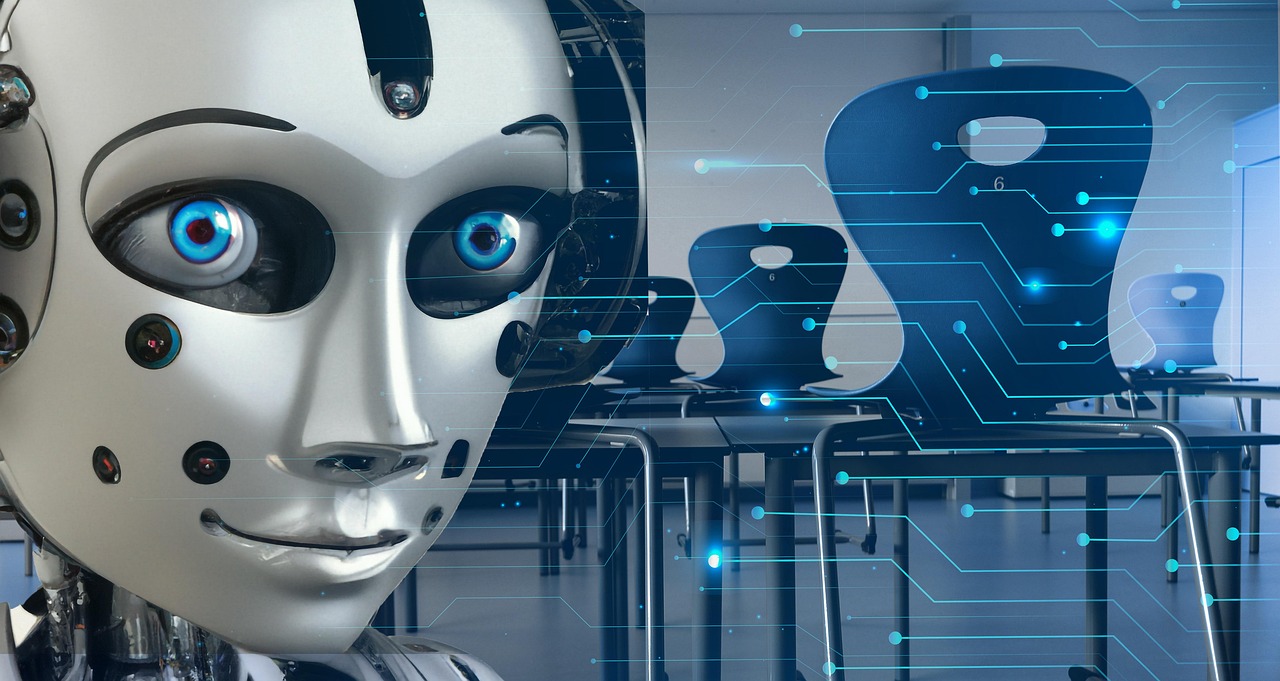In the ever-evolving landscape of technology, Artificial Intelligence (AI) is no longer a futuristic fantasy. It’s a tangible force reshaping industries, streamlining processes, and sparking innovation at an unprecedented pace. At the heart of this revolution lie AI experiments – the crucible where ideas are tested, algorithms refined, and breakthroughs realized. This post delves into the fascinating world of AI experiments, exploring their importance, methodologies, and the potential they hold for the future.
Understanding AI Experiments
AI experiments are, at their core, structured investigations designed to explore the capabilities and limitations of AI models and algorithms. They are crucial for validating theories, optimizing performance, and uncovering new applications for AI technology.
Defining AI Experiments
An AI experiment typically involves:
- Defining a hypothesis: What are you trying to prove or disprove?
- Data collection and preparation: Gathering and cleaning the data needed to train and test your AI model.
- Model selection and training: Choosing the appropriate AI model and training it on the prepared data.
- Testing and evaluation: Assessing the model’s performance using various metrics.
- Iteration and refinement: Adjusting the model and retraining based on the evaluation results.
Why are AI Experiments Important?
AI experiments provide valuable insights and benefits:
- Validation of theoretical concepts: They allow researchers and developers to test the feasibility of new AI algorithms and architectures.
- Performance optimization: Through experimentation, AI models can be fine-tuned to achieve optimal accuracy, efficiency, and robustness.
- Discovery of novel applications: Experiments can uncover unexpected uses for AI in various domains, leading to innovative solutions.
- Risk mitigation: Testing AI systems in controlled environments helps identify potential biases, vulnerabilities, and ethical concerns before deployment.
Types of AI Experiments
AI experiments span a wide range of applications and methodologies. Understanding the different types can help you choose the most appropriate approach for your specific goals.
Supervised Learning Experiments
Supervised learning involves training an AI model on labeled data, where the desired output is known for each input. Common experiment types include:
- Image classification: Training models to identify objects or patterns in images (e.g., classifying images of cats vs. dogs). A practical example is using convolutional neural networks (CNNs) to diagnose medical conditions from X-ray images.
- Regression analysis: Building models to predict continuous values (e.g., predicting house prices based on features like size and location).
- Sentiment analysis: Training models to determine the sentiment expressed in text data (e.g., classifying customer reviews as positive, negative, or neutral). Companies use this to understand customer satisfaction.
Unsupervised Learning Experiments
Unsupervised learning deals with unlabeled data, where the goal is to discover hidden patterns and structures. Examples include:
- Clustering: Grouping similar data points together (e.g., segmenting customers based on purchasing behavior). This can be used to create targeted marketing campaigns.
- Dimensionality reduction: Reducing the number of variables in a dataset while preserving essential information (e.g., using Principal Component Analysis (PCA) to simplify complex datasets).
- Anomaly detection: Identifying unusual or outlier data points (e.g., detecting fraudulent transactions).
Reinforcement Learning Experiments
Reinforcement learning involves training an AI agent to make decisions in an environment to maximize a reward.
- Game playing: Training agents to play games like chess or Go. DeepMind’s AlphaGo is a famous example.
- Robotics: Developing robots that can learn to perform tasks through trial and error (e.g., teaching a robot to navigate a maze).
- Resource management: Optimizing the allocation of resources in complex systems (e.g., managing electricity grids).
Designing Effective AI Experiments
A well-designed AI experiment is critical for obtaining meaningful and reliable results. Here are key considerations:
Defining Clear Objectives
- Specific goals: Clearly define what you want to achieve with the experiment. Are you aiming to improve accuracy, reduce latency, or explore a new application?
- Measurable metrics: Identify the metrics you will use to evaluate the success of the experiment. Examples include accuracy, precision, recall, F1-score, and inference time.
- Realistic scope: Focus on a manageable scope to ensure that the experiment is feasible and yields actionable insights.
Data Preparation and Management
- Data quality: Ensure that the data used for training and testing is accurate, complete, and relevant.
- Data preprocessing: Clean and transform the data to make it suitable for the AI model. This may involve handling missing values, normalizing data, and encoding categorical variables.
- Data splitting: Divide the data into training, validation, and testing sets to avoid overfitting and ensure generalizability. The typical split is 70% training, 15% validation, and 15% testing.
Model Selection and Evaluation
- Appropriate model: Choose an AI model that is well-suited to the problem and the available data. Consider factors such as the type of data, the complexity of the problem, and the computational resources available.
- Hyperparameter tuning: Optimize the hyperparameters of the model to achieve the best performance. Techniques like grid search or Bayesian optimization can be used.
- Rigorous evaluation: Evaluate the model using appropriate metrics and techniques. Use cross-validation to assess the model’s generalizability and avoid overfitting.
Tools and Technologies for AI Experiments
Numerous tools and technologies are available to support AI experiments, making the process more efficient and accessible.
Machine Learning Frameworks
- TensorFlow: A popular open-source framework developed by Google, known for its flexibility and scalability.
- PyTorch: Another open-source framework, favored for its dynamic computational graph and ease of use.
- Scikit-learn: A widely used Python library for various machine learning tasks, offering a wide range of algorithms and tools.
Cloud Computing Platforms
- Amazon Web Services (AWS): Provides a comprehensive suite of AI and machine learning services, including SageMaker for building, training, and deploying AI models.
- Google Cloud Platform (GCP): Offers a similar range of services, including Vertex AI for end-to-end machine learning workflows.
- Microsoft Azure: Provides Azure Machine Learning for building and deploying AI models, as well as cognitive services for pre-trained AI capabilities.
Data Visualization Tools
- Tableau: A powerful data visualization tool for creating interactive dashboards and reports.
- Power BI: Microsoft’s business intelligence tool for data visualization and analysis.
- Matplotlib and Seaborn: Python libraries for creating static, interactive, and animated visualizations.
Real-World Examples of AI Experiments
AI experiments are driving innovation in various industries. Here are a few examples:
- Healthcare: AI is being used to develop models for early disease detection, personalized treatment plans, and drug discovery. For instance, researchers are experimenting with AI to predict the likelihood of a patient developing Alzheimer’s disease based on brain scans.
- Finance: AI is being used for fraud detection, risk assessment, and algorithmic trading. Banks are experimenting with AI to identify suspicious transactions and prevent financial crime.
- Retail: AI is being used to personalize customer experiences, optimize supply chains, and predict demand. Retailers are experimenting with AI-powered recommendation systems to suggest products to customers based on their browsing history.
- Manufacturing: AI is being used for predictive maintenance, quality control, and process optimization. Factories are experimenting with AI to detect defects in products and optimize production processes.
Conclusion
AI experiments are the engine of progress in the field of artificial intelligence. By carefully designing and executing these experiments, researchers and developers can unlock the full potential of AI, driving innovation and solving real-world problems. From optimizing algorithms to discovering novel applications, AI experiments are essential for shaping the future of technology. Embracing a culture of experimentation is critical for organizations looking to leverage the power of AI and stay ahead in the rapidly evolving digital landscape.




